How to clean silver – gentle methods that will remove tarnishing without damage
If you’re unsure of how to clean silver to avoid damaging your cutlery, silverware or jewelry, these are the best methods for getting your items to shine again
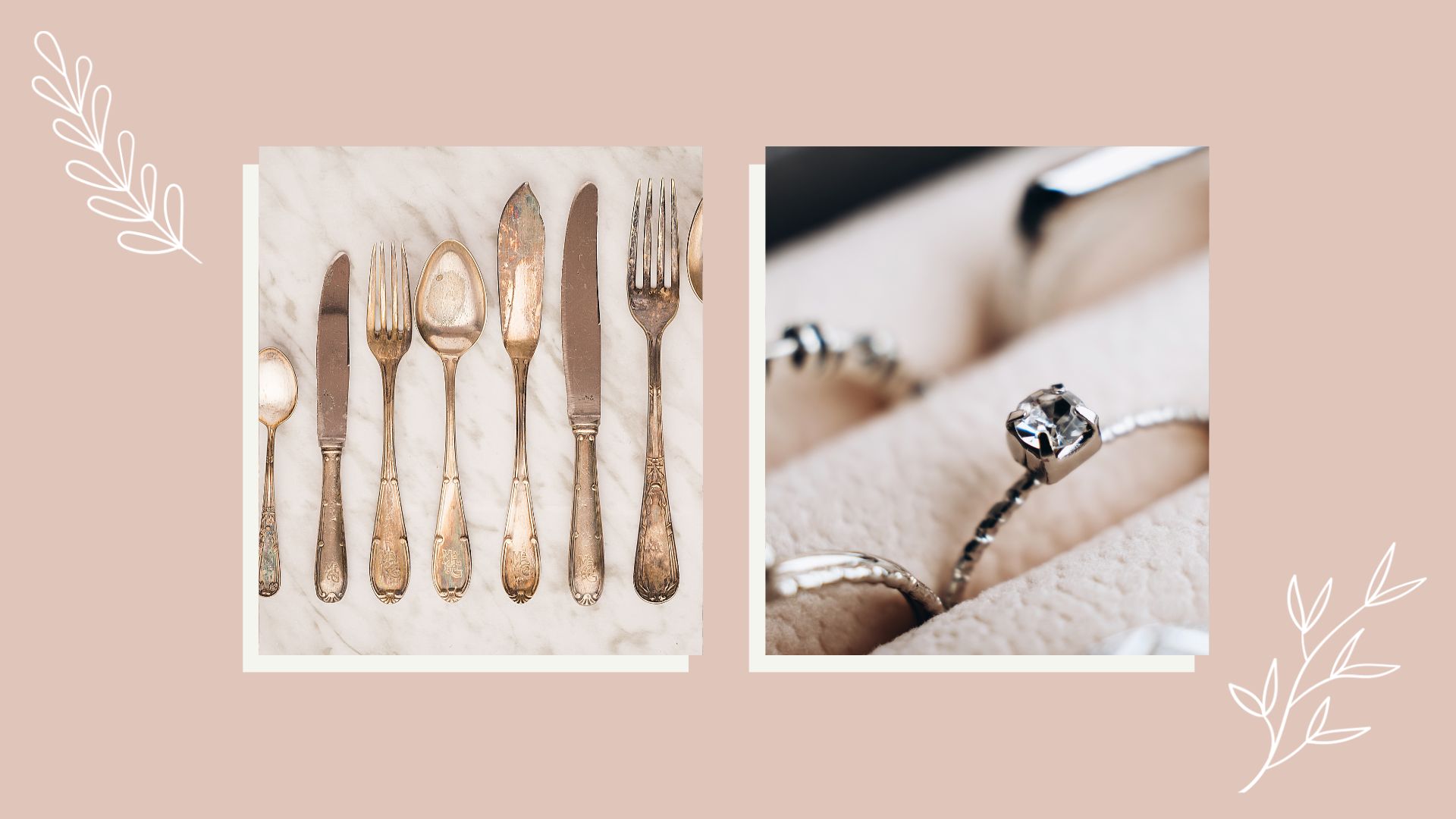
Wondering how to clean silver, but nervous about damaging your items? It's understandable. Silver can feel like a tricky item to clean, especially as the silver items in your home – be it jewelry, cutlery or other types of silverware – can be prone to heavy tarnishing. But using ingredients you already have in your kitchen, there’s an easy step-by-step for getting this job done.
When cleaning silver, the same simple method can be applied no matter what item you're actually cleaning – though you may need a few more tools to hand if your item is particularly heavily tarnished. However, if your silver is still in pretty good nick and doesn’t have any staining or tarnishing, it’s likely that all it requires is a light polish with a soft, clean cloth.
But if you’re looking to do some more heavy-duty cleaning on your silver items, what do you need and how should you go about cleaning your silver? According to the experts, this is the best way to plan how to clean silver, without damaging it. And while you're at it, you can use some of the same ingredients as below to clean a mattress, to clean oven trays, and to clean a shower head.
How to clean silver – an easy guide
There are plenty of DIY methods for cleaning silver that are tried and tested, but it's important to spot test the below on your silver items before diving in, professional cleaner and cleanfluencer Angela Brown, who also hosts the daily show Ask a House Cleaner, warned.
"It's always a good idea to test these home remedies on a small, inconspicuous area before smothering an entire piece of silver in it. And if you're concerned, you may want to use a commercial silver polish, especially if the silver is badly tarnished or for valuable antique pieces."
Olivia Young, Product Development Scientist at Astonish, agreed that given the delicate nature of the material, you also don't want to be cleaning silver too often. "Typically speaking, silver only needs cleaning a few times a year. Overdoing it may have a damaging effect," she said.
What you’ll need to clean silver:
- Microfiber cloth
- Baking soda
- Water
- A small soft toothbrush
- A magnet
1. Test your silver

"Before you start cleaning, the first thing to consider is if the metal is pure silver or silver-plated," Olivia said.
Sign up to our free daily email for the latest royal and entertainment news, interesting opinion, expert advice on styling and beauty trends, and no-nonsense guides to the health and wellness questions you want answered.
If you don't know already, you can test this by seeing if your piece is magnetic. "If the magnet works and attaches to the item, then it is more likely to be silver-plated." If not, it's likely to be pure silver.
If your piece is silver-plated, you'll need to be much gentler in your cleaning. Olivia advised, "You should take extra caution when cleaning as if you are too abrasive, you may damage or remove the silver plating."
2. Determine how deep a clean your silver needs
The next step – before diving in to the actual clean – is to assess how badly tarnished or dirty your item actually is, and therefore, how deep a clean it needs.
"Items of jewelry that are worn regularly are likely to only need a light polish occasionally, but products such as cutlery or household décor items are more likely to need a deeper clean to give them that sparkle," Olivia explained.
If you need to give your silver a deeper clean, follow the below process.
3. Mix together a baking soda paste
Baking soda is one of our favorite natural cleaning products, so it’s hardly surprising that it does a great job of cleaning up silver too – be it silverware, or your precious items of jewelry.
In order to clean your pieces with baking soda, cleaning expert Jennifer Rodriguez, Chief Hygiene Officer at Pro Housekeepers, said, "Create a paste of three parts baking soda to one part water." This paste should be thick enough that you can apply it to your silver without it dripping, but not too thick that it isn’t malleable, and drops off of your utensil.
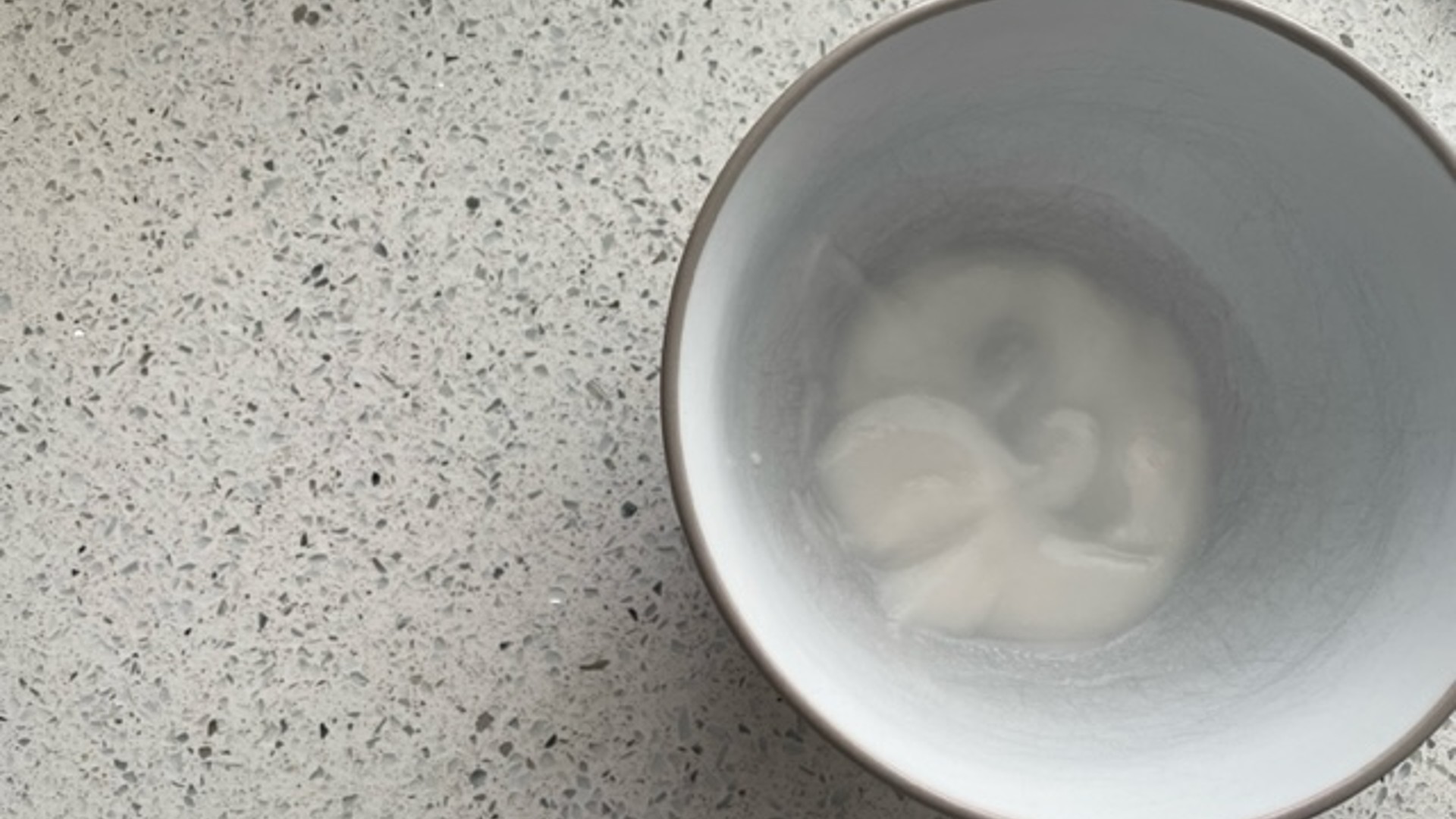
4. Apply the paste to your silver
After this, grab a soft toothbrush or a soft cloth, and scoop up some of the baking soda mixture. “Apply this paste to the silver and scrub very gently, following the grain of the silver to avoid scratching,” Jennifer said.
Some items may require a little more scrubbing, or a second application of baking soda, Jennifer explained. "Most stains should come off with this method, not all. That depends on how old the stain is. I would keep trying this method until you get it as clean as possible," she said.
However, as stated, you'll want to be careful not to scrub so hard that you damage the item.
5. Rinse, dry and buff

After scrubbing, it’s important to immediately rinse your silver items in water, and to dry them gently (but thoroughly) with a clean microfiber cloth, to avoid any further tarnishing or water damage occurring. "Spots and/or leftover residue will be visible if you don’t dry it immediately, which would require you to wash the silver again," Jennifer said.
You then might also want to place them on a piece of kitchen towel, to allow your silver to really dry out before wearing or using it again.
The above is, handily, a process you can follow whatever piece of silver you’re looking to clean. "This process doesn't usually vary significantly by item, but as mentioned, delicate pieces or those with intricate designs might require more careful handling," Jennifer said.
6. Try toothpaste or ketchup if that's all you have
If you don't have baking soda to hand at home but need to urgently clean your silver, you can also turn to other household items like toothpaste and ketchup in a pinch.
There is some debate over using toothpaste on silver, but Angela explains that it can work well. "Toothpaste often includes polishing agents designed to help restore the shine of teeth – and these polishing agents can also assist in removing tarnish from silver by buffing away the tarnished layer and revealing the brighter silver underneath."
If you want to use toothpaste, she suggests this method: "Apply a small amount of non-gel toothpaste to a soft cloth or toothbrush. Gently scrub the tarnished silver surface with toothpaste, then rinse the silver with water and polish it dry with a soft cloth."
The same method applies if using ketchup too – the only difference being that you'll need to let the ketchup sit on your silver for 10 minutes before removing.
Why might ketchup work well? "Ketchup contains acetic acid, a mild acid. The acid content in ketchup can help dissolve the tarnish on silver," Angela explained.
Cleaning silver obviously requires a delicate approach, which means you should only ever use the natural ingredients recommended by experts or specialized, store-bought silver cleaning products to do so.
In fact, Jennifer explained that using other cleaners could even damage your precious items. "Never use bleach or abrasive cleaners on silver, as these can cause discoloration and scratching," she said. "Also, avoid rubber gloves when handling silver, as rubber can cause tarnishing."
How do you clean badly tarnished silver?
If the above method doesn’t work for your silver items, there are other ways to get badly tarnished or stained silver items clean again – you’ll just need a few extra products to hand.
"For badly tarnished silver, consider using a specialized silver-cleaning product (available online or from most hardware or grocery stores) – or the aluminum foil method. This involves lining a dish with foil (shiny side up), adding baking soda and boiled water (that has been left to cool for 5 minutes), then immersing the silver,” Jennifer said.
This is an effective, gentle option, she explained. "Unlike chemical-polish abrasion, this method utilizes electrolytic action to remove tarnish from oxidized silver. It lifts away the tarnish without stripping any of the base silver metal beneath it."
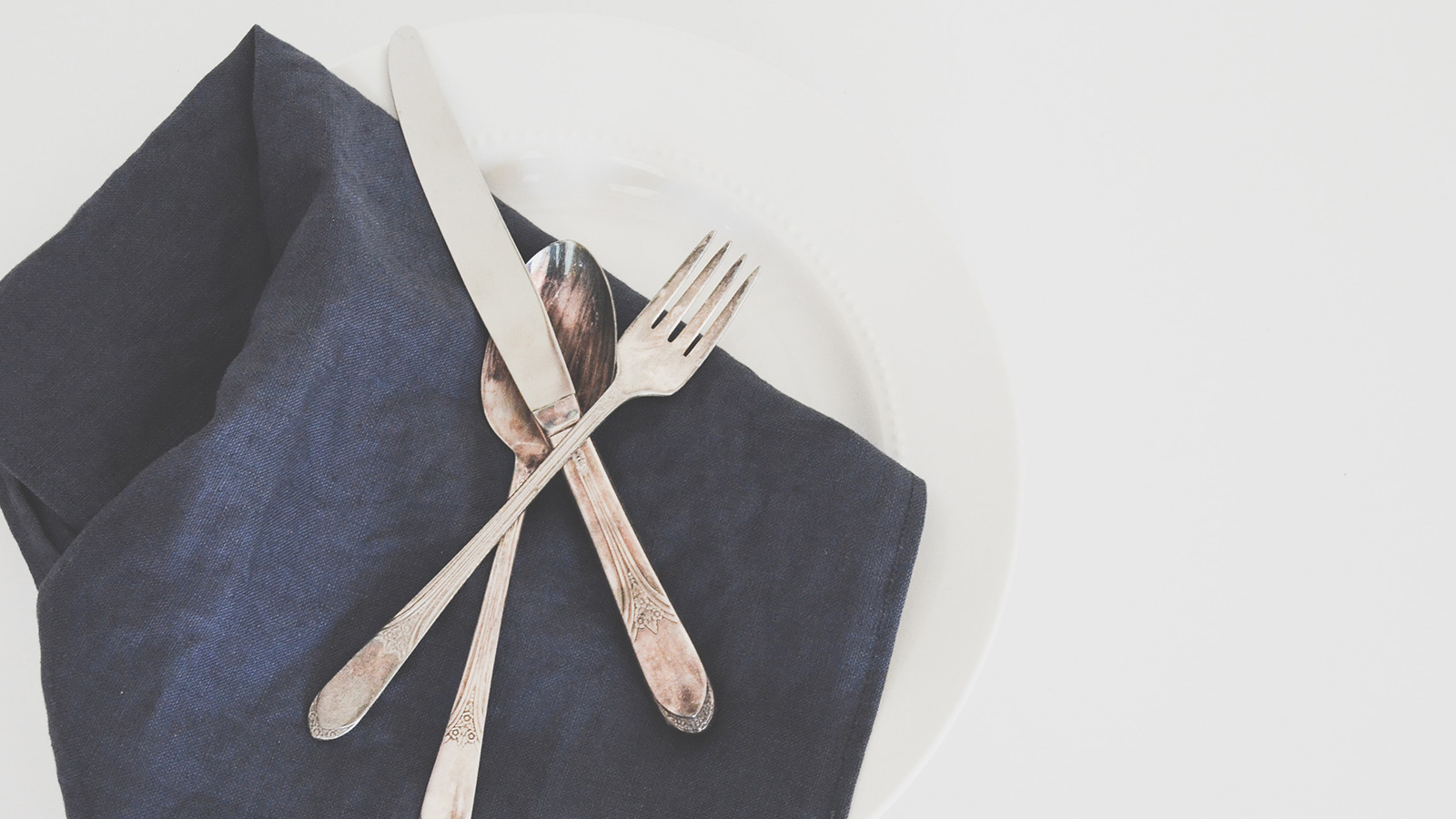
With this method, you should only leave your silver in the mixture for a matter of minutes. If some tarnishing remains, you can scrub your silver gently after this time, before drying your items thoroughly.
What is the best home remedy to clean silver?
Arguably the best home remedy for cleaning silver is to use baking soda, as instructed above. This is because baking soda is strong enough to remove the staining that can easily occur on silver via light exposure, water, or other chemicals – but gentle enough not to damage the underlying metal.
Similarly, preventing tarnishing from happening at home is also a good way to avoid the need to deep clean your silver. "Tarnish is often accelerated by sweat, skin oils, air, cleaning chemicals, rubber, latex, wool, etc. – so how silver is stored can also contribute to how the silver tarnishes," Angela said.
As such, be sure to protect your silver as much as you can, by storing them on their own if possible, in a separate container that minimizes their exposure to other items.
Does vinegar clean silver?
Yes, cleaning with vinegar is a very effective method for removing tarnishing or dirt from silver, and it's a brilliant alternative if you don't have baking soda to hand. Angela explained, "Vinegar contains acetic acid, which is a mild acid when applied to silver. The acid helps dissolve the tarnish."
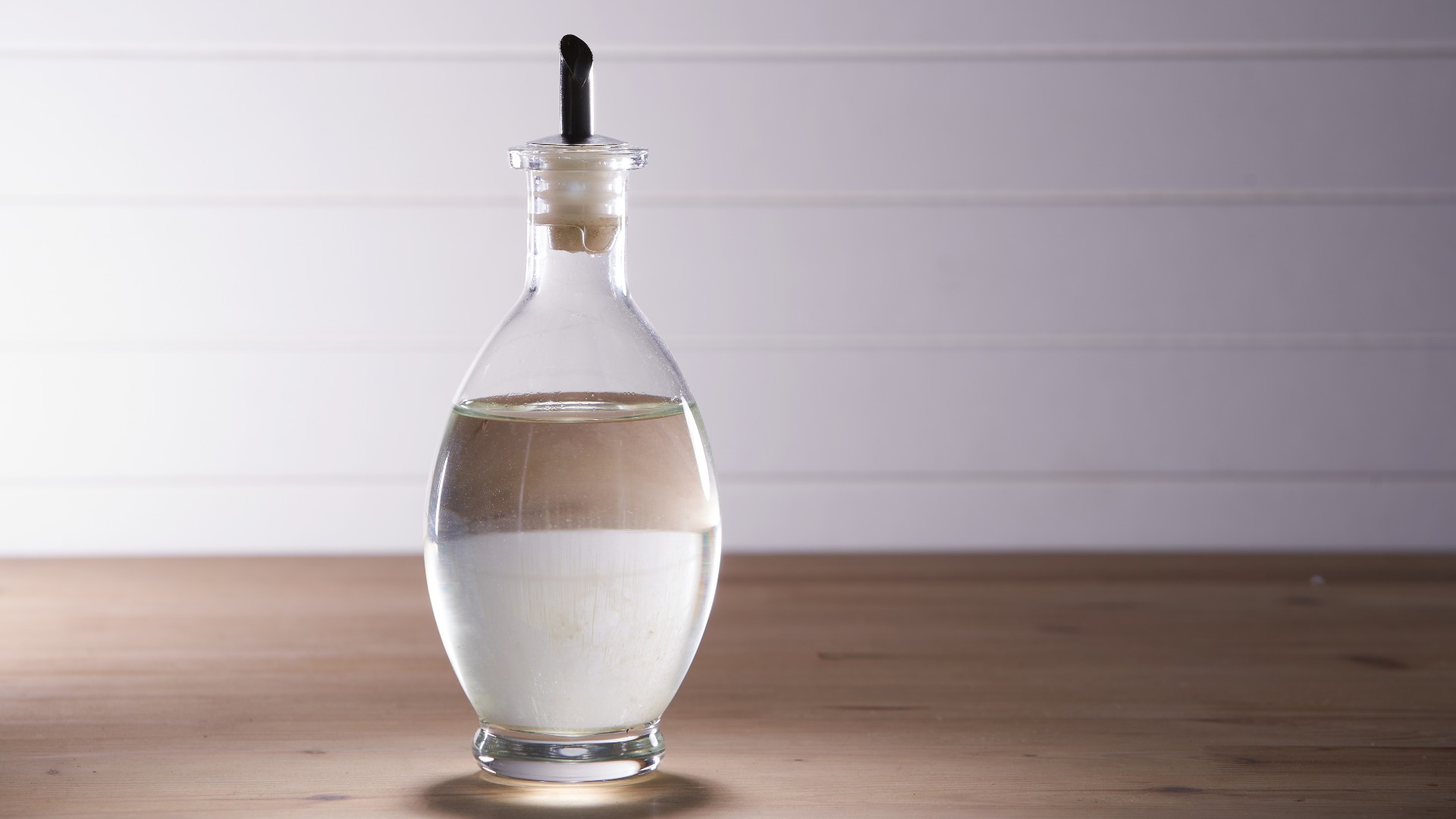
How should you do it? "Mix equal parts white vinegar and water, then place the tarnished silver items in a container or bowl covered with vinegar and water," Angela said. "Then, let the silver soak in the vinegar solution for 30 to 60 minutes. You may need to adjust the soaking time based on the level of tarnish."
After this, gently scrub the silver items using a soft brush or cloth. "Pay extra attention to intricate or detailed areas, and rinsing the silver thoroughly with water to remove any vinegar residue, before drying," Angela finished.
However, she suggested that you'll want to avoid repeating this method for how to clean silver too much, as "long-term exposure to vinegar can damage the silver." And the same is true of other items too – when planning how to clean wooden garden furniture, vinegar should be avoided.
You can also use vinegar and baking soda in conjunction to clean your silver. To do this, "mix 1/2 cup of white vinegar with 2 tablespoons of baking soda, and place your silver into the mixture," Jennifer said. "Let your silver soak for 2-3 hours, before removing and rinsing under cool water, and drying thoroughly."
Does Coca Cola clean silver?
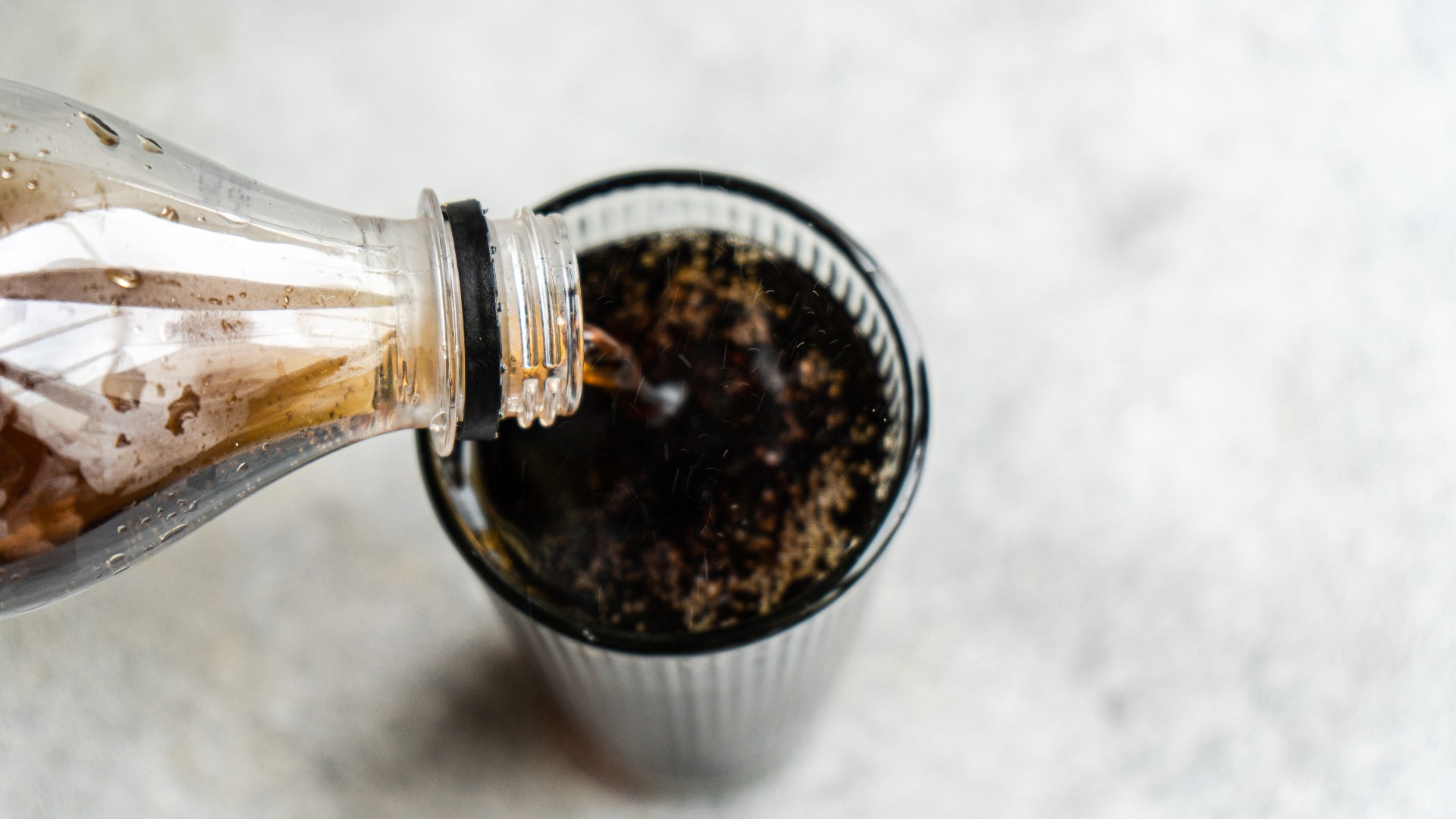
Coca Cola is often claimed to be an underrated cleaning ingredient – however, when it comes to cleaning your silver with the fizzy drink, it’s not advised!
In fact, the drink might even cause more harm than good. Jennifer said, "While it's often cited in home remedies due to its acidity, Coco Cola is not the best choice for silver cleaning.
"It might remove some tarnish, but can also leave a sticky residue and possibly cause damage such as discoloration – stick to cleaners designed for silver for best results."
Amy Hunt is an experienced digital journalist specialising in homes, interiors and hobbies. She began her career working as the features assistant at woman&home magazine, before moving over to the digital side of the brand where she eventually became the Lifestyle Editor up until January 2022. Amy won the Digital Journalist of the Year award at the AOP Awards in 2019 for her work on womanandhome.com.

